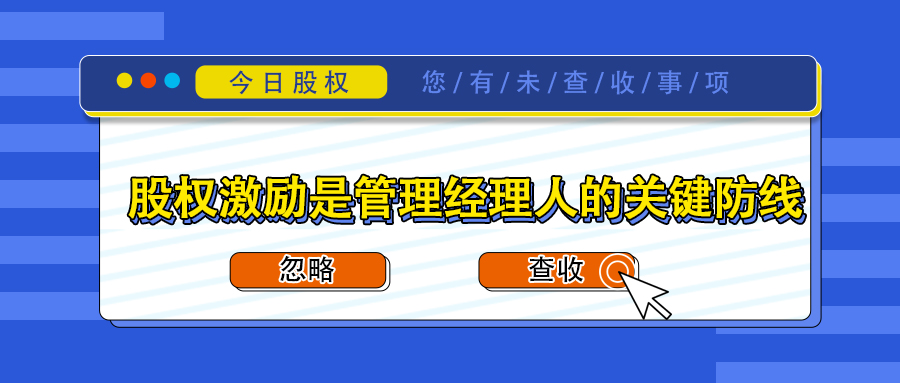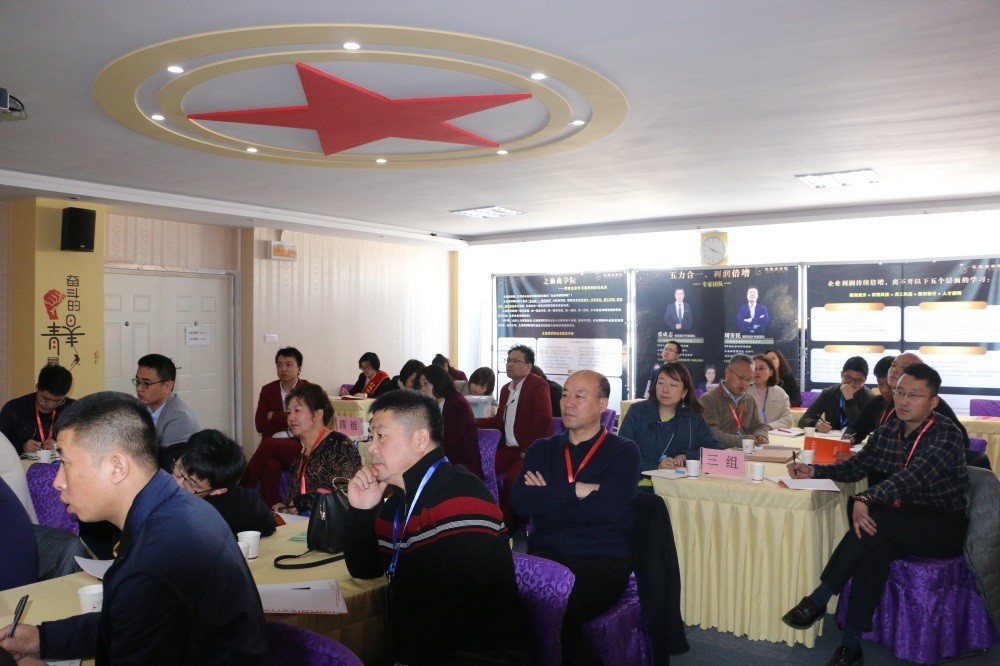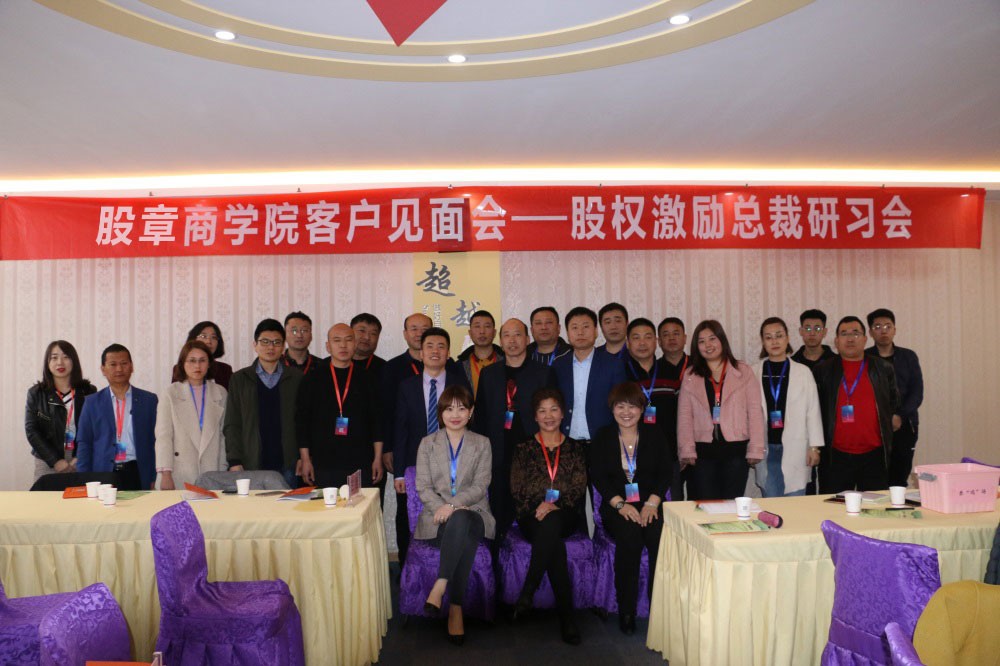


持股公司間接架構
發布時間:2024-09-06 來源:http://www.yunjingwu.com.cn/
持股公司間接架構是指自然人股東通過持股公司來持有目標公司的股份,適合長期持股的投資、多元化的企業集團、大股東的家族持股平臺。選擇持股公司間接架構時,應考慮企業的長期發展戰略、稅務籌劃、風險管理以及控制權的需求。優點:1. 風險隔離:通過持股公司作為中間層,可以在主體公司和自然人股東之間形成風險隔離,降低間接持股股東面臨的債務風險。
The indirect structure of a holding company refers to natural person shareholders holding shares of a target company through a holding company, which is suitable for long-term investment, diversified enterprise groups, and family holding platforms of major shareholders. When choosing an indirect structure for a holding company, consideration should be given to the company's long-term development strategy, tax planning, risk management, and control needs. Advantages: 1 Risk isolation: By using holding companies as intermediaries, risk isolation can be formed between the main company and individual shareholders, reducing the debt risk faced by indirect holding shareholders.
2. 分紅免稅:持股公司從主體公司獲得的分紅在稅法上通常享受免稅待遇,有利于資金的再投資和資產的累積。
2. Dividend tax exemption: The dividends obtained by the holding company from the main company usually enjoy tax exemption treatment under tax law, which is conducive to the reinvestment of funds and the accumulation of assets.
3. 轉增資本免稅:當實體公司未分配利潤轉增資本時,持股公司作為股東可以享受免稅待遇。

3. Tax exemption for converted capital: When an entity company converts undistributed profits into capital, the holding company, as a shareholder, can enjoy tax exemption treatment.
4. 投資損失抵稅:持股公司在企業所得稅前可以扣除投資損失,而自然人直接持股則無法享受此優惠。
4. Investment loss tax deduction: Holding companies can deduct investment losses before corporate income tax, while natural persons who directly hold shares cannot enjoy this benefit.
5. 控制權集中:通過持股公司,股東可以用較少的資金控制更大的資產,實現以小博大的效果。缺點:1. 股權轉讓稅負較高:在股權轉讓時,持股公司需要繳納企業所得稅,分紅至自然人股東時還需繳納個人所得稅,綜合稅負可能高達40%。
5. Concentration of control: Through holding companies, shareholders can control larger assets with less capital, achieving the effect of small gains. Disadvantages: 1 The tax burden on equity transfer is relatively high: during equity transfer, the holding company needs to pay corporate income tax, and when distributing dividends to natural person shareholders, it also needs to pay personal income tax, with a comprehensive tax burden of up to 40%.
2. 管理成本增加:設立和維護持股公司需要額外的管理成本和合規成本,包括人員成本和可能的場所維護成本。
2. Increased management costs: Establishing and maintaining a holding company requires additional management and compliance costs, including personnel costs and possible venue maintenance costs.
3. 缺乏靈活性:不適合作為員工持股平臺,因為員工持股平臺通常需要更靈活的退出機制。
3. Lack of flexibility: Not suitable as an employee stock ownership platform, as employee stock ownership platforms typically require more flexible exit mechanisms.
4. 減持股權時稅負較高:與直接持股相比,間接持股在減持時面臨更高的稅負。
4. Higher tax burden when reducing equity: Compared to direct shareholding, indirect shareholding faces a higher tax burden when reducing equity.

 咨詢電話:
咨詢電話:

